Sustainability as a corporate principle
“Going green” and “sustainability in production” are buzzwords that both describe the same target horizon. Sustainability issues have moved higher up the corporate agenda since the 2015 Paris Climate Conference, with a focus on reducing CO2 emissions. Today, companies are faced with a situation in which they have to provide answers to questions of environmental sustainability in all areas of value creation: in product development, in production itself, in their supply networks, and not least in the structure of their overall organization. The drivers for the companies’ ambitious environmental targets are not only legislation – the Climate Protection Act passed by the German Bundestag in June 2021 calls for a 65 percent reduction in CO2 emissions compared with the base year 1990 – but also customer and market requirements and, not least, the behavior of the competition. In other words, companies that fail to build up a sustainable product portfolio, consistently base their production on resource and energy efficiency considerations, and reduce their carbon footprint will disappear from the market.
Companies that take sustainability seriously implement the principle along the entire value chain: From product development to purchasing, logistics and production processes, and marketing. The sustainability of a product and all processes associated with its manufacture, processing, marketing and disposal can only be meaningfully assessed if the entire life cycle is considered. Consequently, sustainability is not a purely operational issue, but begins with the formulation of the business model and the corporate strategy.
Sustainability and cost-effectiveness often go hand in hand. An efficient and thus profitable Production Footprint is one of the prerequisites for a sustainable carbon footprint. Every management decision and especially every investment must meet sustainability criteria. The fundamental objectives of a company operating sustainably are to build and operate productive machinery and plants that conserve resources, with energy-efficient infrastructure and processes that implement the circular economy as far as possible. The what? Production is just as important as the How? of production. This simply means that companies refrain from manufacturing environmentally incompatible products.
Four fields of action for sustainable value creation
For manufacturing companies, ConMoto has identified four fields of action for sustainable wealth creation. The design of sustainable products begins with product development. In the development process itself, the use of Digital Testing / Digital Twins is also a useful lever from an environmental point of view to proceed in a resource-saving manner. Important considerations are the use of renewable raw materials and their economical use, increasing the recycling rate and the use of resource-saving manufacturing processes. Sustainability issues must be addressed throughout a product’s lifecycle – from sustainable procurement to the repair or disposal of a product that is no longer usable. Other dimensions of a product’s sustainability are its marketability and its flexible usability or convertibility. Following this approach environmental sustainability becomes an integral dimension of total product costs.
The second field of action deals with the production process. Both the location of the production facilities and the production real estate and its infrastructure, especially the energy supply, influence the sustainability of the production process. When planning, acquiring, and using machinery and equipment, sustainability considerations also become part of the profitability calculation. Measurability and thus transparency of energy consumption and identification of potential savings are essential elements of this structured approach. Accordingly, in the production processes themselves, material consumption, the use of energy, water, and other resources and, last but not least, CO2 emissions are central parameters of controlling.
The creation of an optimal end-to-end supply chain offers numerous effective levers to achieve environmental sustainability.
Sustainable Sourcing
The concept of local sourcing as a guiding idea and a consistent consolidation of transport effort and routes
Energy-efficient logistics structure
The construction of a consistently energy-efficient warehouse and warehouse infrastructure succeeds with an eye for detail: LED lighting, thermal insulation, use of renewable energies, ventilation and air-conditioning technology, building automation.
Storage use and means of transport
Building on optimal control of processes to reduce warehouse movements, improving space utilization through container optimization, and the use of energy-efficient means of transport (e.g. tow tractors, electric forklifts).
Efficient packaging management
Packaging is a significant factor in the energy balance of production. Sustainability is improved by avoiding air space in packaging, using renewable or recycled packaging materials, and comparative consideration of reusable and disposable load carriers.
Sustainable transport solutions
The overriding goal is to establish cross-modal supply chains with a preference for environmentally friendly modes of transport such as rail and ship and to avoid air freight through optimized logistics planning.
Creating sustainable value in the supply chain means writing a business case that analyzes the defined goals throughout the supply network from a cost and sustainability perspective.
The fourth field of action for a consistently sustainable company is the corporate culture of the entire organization. Sustainability must be reflected in all areas of the company, both in the strategy and in the target descriptions: There must be clarity at all levels of responsibility in the company that the establishment of sustainable processes and the manufacture of sustainable products are relevant to success. This goal is achieved when sustainability is clearly defined and its various manifestations are part of controlling as well as the performance review and bonus systems and other incentive structures.
Talk to us.
Every positive business relationship begins with a good conversation. Leave your email address. We are looking forward to get in touch.
EU taxonomy and ESG criteria for companies: Regulatory frameworks for sustainability
On January 1, 2022, the EU Taxonomy Regulation came into force. This regulation is the EU’s set of rules that defines the criteria for companies to operate in an environmentally sustainable manner. The taxonomy defines six environmental goals, but initially only defined detailed metrics for the first two goals, climate change mitigation and adaptation. It is precisely through these key figures and limit values that the EU regulation makes the “impact”, i.e. the ecological effects of the company’s actions, the decisive criterion. Corporate decisions must now be measured against whether they contribute to meeting climate targets or at least do not work against them. At the same time, minimum social standards are already in place, including in labor law. These will be expanded at a later date. For companies, these changes will mean a considerable amount of work in the future and drastic changes in the evaluation of investment decisions, for work and production processes, as well as for the cutting and technical design of machines and systems.
Detailed key figures and limits
The EU’s taxonomy of sustainability criteria defines in great detail and unambiguously for each branch of industry who belongs to “the good guys” and acts sustainably and who belongs to “the bad guys” and harms the environment. Here is a concrete example that the Council for Sustainable Development has picked out from the numerous regulations in the EU regulation. This body has been advising the German government on sustainability issues since 2001. Companies producing gray cement clinker are allowed to emit a maximum of 0.722 metric tons of CO2 or equivalent gases per ton produced, according to the taxonomy’s regulations. This value is based on the output of the most efficient ten percent of plants in Europe. This example clearly shows how detailed the EU regulatory framework is. The EU Taxonomy Compass already gives an impression of this and will become much more detailed in the coming years.
ESG criteria have an impact on investment decisions
The popular acronym for anything having to do with corporate responsibility and sustainability is ESG. It takes up the terms we already know from the EU taxonomy: The E stands for “environment”, i.e. everything to do with the environment and environmental compatibility such as energy efficiency, emissions and compliance with environmental standards. S = “social” summarizes all the aspects related to occupational health and safety conditions – along the entire value chain and supply chain, i.e. also at suppliers in Germany and abroad. In addition, all social issues that affect the company also fall within this area: Corporate Social Responsibility (CSR) and issues of gender equality and diversity in the company. Finally G, the topic of governance directly affects corporate governance, management decisions and overall controlling. This is about transparency, compliance and sustainable risk management. There has also been a reporting obligation for European capital market companies since 2017.
ESG is no longer a niche topic. ESG is playing an increasingly important role, particularly in access to investors and the capital market. The vast majority of institutional investors already take ESG criteria into account when making investment decisions, and private investors are also increasingly asking for sustainable investments, which is why banks and fund companies are offering sustainable funds. For such investment portfolios, ESG criteria serve as negative screening. Companies that do not meet the criteria are simply excluded. In addition, there are already rating agencies that produce sustainability ratings.
Significant impact on day-to-day operations
The topic of sustainability and its concrete manifestations, of which the EU taxonomy and the ESG criteria are just two examples, will have a significant impact on the day-to-day operations of companies. The necessary changes mean an immense, but unavoidable, effort. The first step is to analyze where each company stands. This will become mandatory for significantly more companies in 2024 than today. This is because the Corporate Sustainabilty Reporting Directive (CSRD) will then no longer apply to around 600 companies in Germany, as was previously the case, but to around 15,000. Most of them will find that they do not meet the requirements of the EU taxonomy in many areas. Creating transparency here is the first step toward a sustainable company.
The analysis is followed by the definition of measures to become green in the sense of the taxonomy as quickly as possible, taking into account operational possibilities. These measures must not only be feasible, they must also be implemented. Just as the key figures and thresholds of the EU regulation are defined on a fact-based basis, the economic activities of companies and their environmental and social impact must also be objectively demonstrated in terms of the taxonomy. This applies to investments, value creation processes and products. ConMoto has prepared comprehensively for these challenges. We are known as implementation consultants, for us the clean analysis of the actual state is a matter of course. We develop our strength in defining, implementing and monitoring measures to improve the sustainability balance towards a green company in terms of the taxonomy and ESG criteria.





 Deutsch
Deutsch